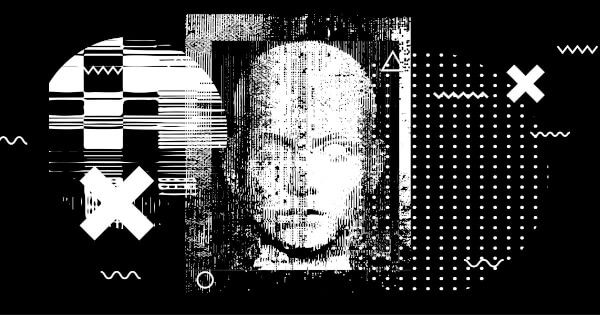The University of Technology Sydney has introduced DeWave, an AI model that can translate human thoughts into text. This groundbreaking technology leverages a mix of electroencephalography (EEG), brain-computer interfaces, and large-scale language models to decipher brain activity, representing a groundbreaking leap forward in brain-to-text communication. This breakthrough reflects advances documented in the research paper “BRAIN DECODING: TOWARD REAL-TIME RECONSTRUCTION OF VISUAL PERCEPTION” by Yohann Benchetrit, Hubert Banville, and Jean-Remi King.
DeWave sets itself apart from other technologies in this field by simplifying the process of translating thoughts into text. Users can translate simply by wearing an EEG headset and activating their thoughts. This method is noticeably less invasive than other technologies, such as Elon Musk’s Neuralink, which require surgical implantation of a brain-machine interface chip. DeWave’s approach offers a more accessible and non-invasive solution, making it a potentially innovative tool for people with speech impairment due to conditions such as stroke, cerebral thrombosis or hearing impairment. DeWave currently achieves approximately 40% accuracy in translation.
This technology was recognized globally for its importance when it was selected as an important paper at the NeurIPS conference, one of the most prestigious conferences in the machine learning field. DeWave’s approach is somewhat similar to Meta’s project, which used magnetoencephalography (MEG) to reconstruct human brain imaging processes. Both initiatives share the common goal of capturing and decoding faint brain activity through EEG and MEG tools. After acquiring raw brain data, researchers use large-scale language models to decode it and extract important visual and textual information. This process is fundamental to translating and reconstructing human thoughts and mental images.
DeWave’s core technology is converting continuous brain wave signals into individual codes. This is achieved using a structure known as a vector quantization transformation encoder, which converts the received EEG signal into a set of vectorized feature representations. These representations are converted into a series of individual codes, each corresponding to an individual word vector in the codebook. A codebook functions like a dictionary containing a limited number of discrete word vectors. The best matching discrete word vector in the codebook is used to obtain the corresponding discrete code. Once a set of individual codes is obtained, they can be processed like language word vectors and fed into a large, pre-trained language model to produce translated textual content.
Despite its innovative approach and potential applications, DeWave has its challenges. Model dependence on pre-trained language models such as BART limits performance to the quality and capabilities of these models. Lack of accuracy of the pre-trained language model or a broad understanding of the language may affect the translation performance of the DeWave method. Additionally, the training process of the DeWave method requires the use of parallel EEG and text pair data for supervised learning. For certain tasks, massively parallel data collection may be difficult or expensive, which may limit the performance of the DeWave method. Another limitation is the model’s dependence on labeled data. Despite claims that it can convert brainwaves to text without labels like eye tracking, DeWave still relies on a label-based sorting process. We use event markers to segment brain waves into word-level features, so the absence of labels can lead to inaccurate translation and segmentation.
In conclusion, DeWave represents a significant advance in the fields of AI and neuroscience. Translating human thoughts into text opens up new possibilities for communication, especially for people with speech impairments. However, like all pioneering technologies, it faces challenges and limitations that must be addressed in its future development. As research and technology continue to advance, DeWave has the potential to become an even more effective tool for bridging the gap between human thinking and communication.
Image source: Shutterstock

